Loropetalum
Donna
16 years ago
Featured Answer
Sort by:Oldest
Comments (11)
diggingthedirt
16 years agoRelated Professionals
Hershey Landscape Architects & Landscape Designers · Oatfield Landscape Architects & Landscape Designers · Goodyear Landscape Contractors · Allentown Landscape Contractors · Beverly Hills Landscape Contractors · Fort Hunt Landscape Contractors · Hilton Head Island Landscape Contractors · Monterey Landscape Contractors · New Baltimore Landscape Contractors · New Brighton Landscape Contractors · Parker Landscape Contractors · San Pedro Landscape Contractors · Stony Brook Landscape Contractors · Wallingford Landscape Contractors · Merrifield Landscape ContractorsDonna
16 years agorusty_blackhaw
16 years agorazorback33
16 years agoDonna
16 years agoamy2008
16 years agoDonna
16 years agoamy2008
16 years agoadykt
15 years agospazzycat_1
15 years ago
Related Stories
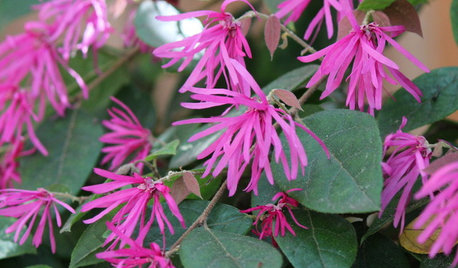
FLOWERSGreat Design Plant: Fringe Flower's Star Rises
Thank plant breeders for all the exciting new variations of this useful and easygoing flowering shrub
Full Story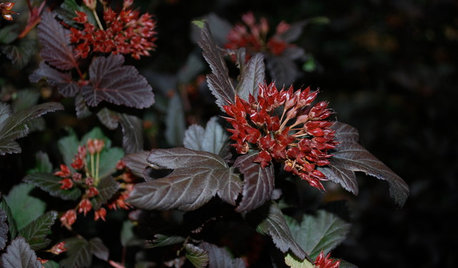
LANDSCAPE DESIGNGreat Design Plant: Sun-Loving Ninebark Puts on a Color Show
This tall, dark and handsome native shrub is equally at home in jeans and boots or in a suit and tie
Full Story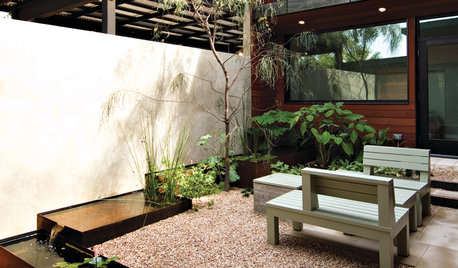
LANDSCAPE DESIGNStrike a Balance: Stuff vs. Space in the Garden
Zoom out to the big design picture before focusing on the little details, to create a garden with all the elements in balance
Full Story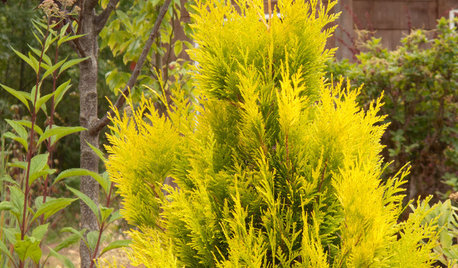
FOLIAGEGreat Design Plant: 'Forever Goldie' Arborvitae
As soft as a teddy bear, this golden conifer adds year-round interest to the garden
Full Story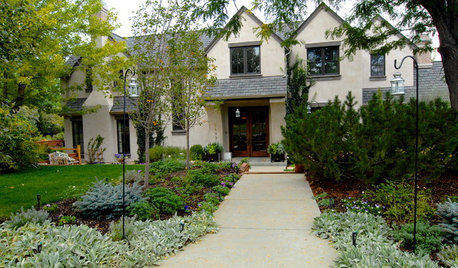
HOUZZ TOURSMy Houzz: European Country Style in Colorado
Defying a challenging lot, height restrictions and a short time frame, a couple builds a stunning home and backyard space for their family
Full Story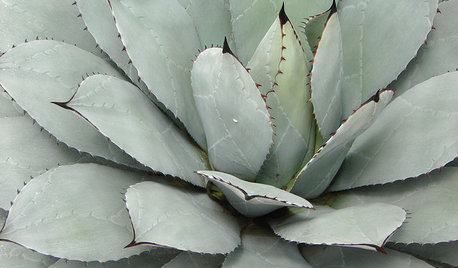
FOLIAGEGet a Cool Garden Look With Gray and Blue Plants
Looking for plants that calm with color in the heat of summer? Look no further than these 14 soothing beauties
Full Story
STANDARD MEASUREMENTSThe Right Dimensions for Your Porch
Depth, width, proportion and detailing all contribute to the comfort and functionality of this transitional space
Full Story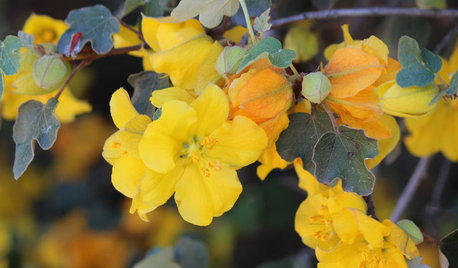
CALIFORNIA GARDENINGCalifornia Gardener's May Checklist
Only one major chore but a plethora of planting possibilities means a delightful month in California gardens
Full Story
GARDENING GUIDESHow to Go Bold With Summer Garden Color
Get dramatic color in your garden from summer through fall with these tips for plantings, furniture and backdrops
Full Story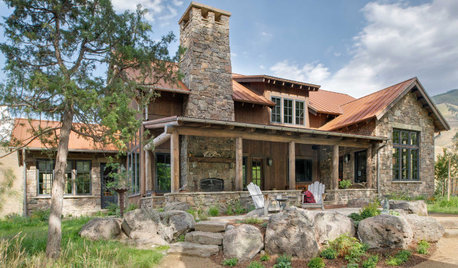
LANDSCAPE DESIGNHow to Make Your Stone House Feel at Home in the Landscape
The right gate, walkway, garden furniture and, of course, plantings can help make the connection
Full StoryMore Discussions






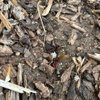

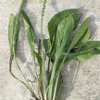
razorback33